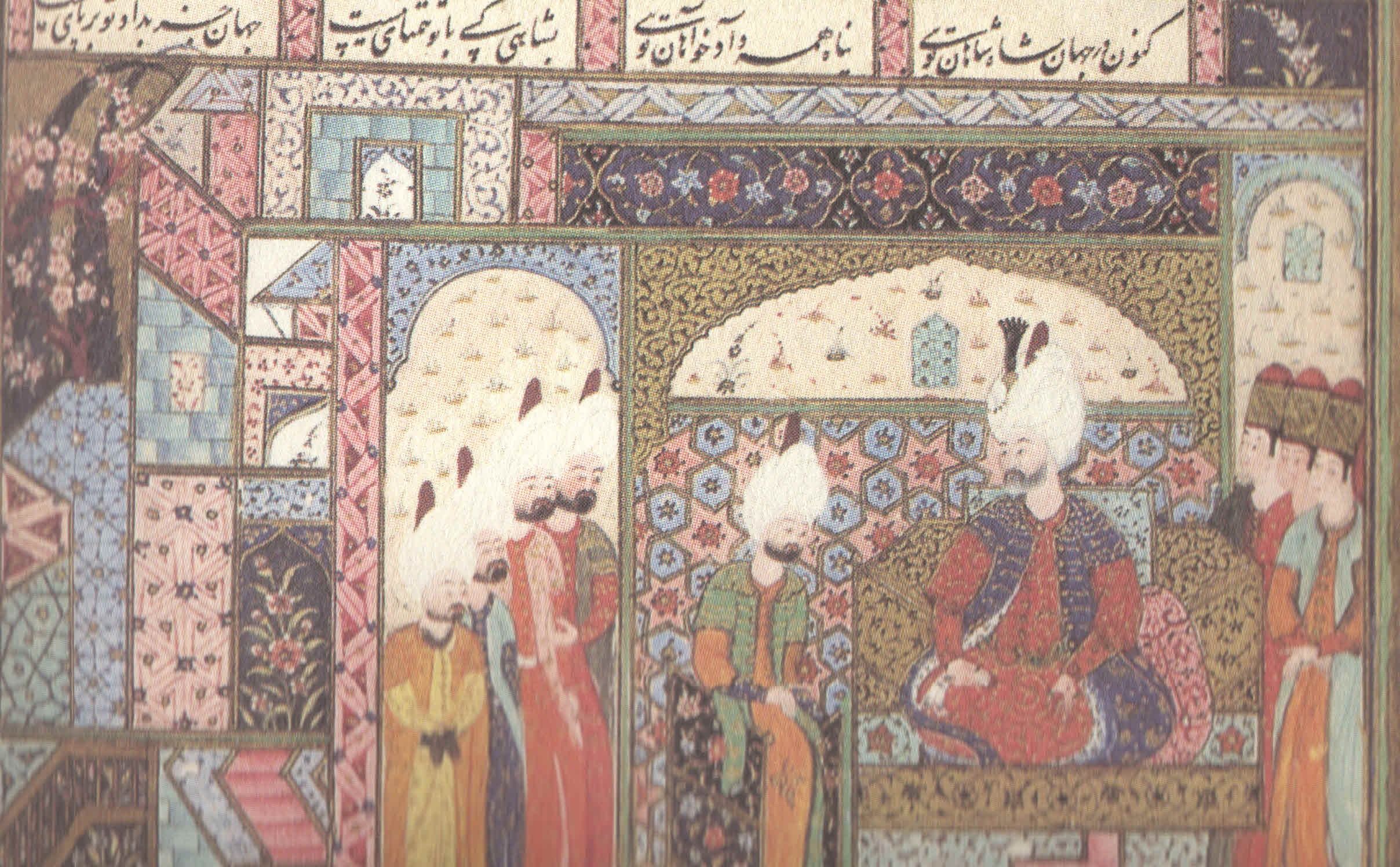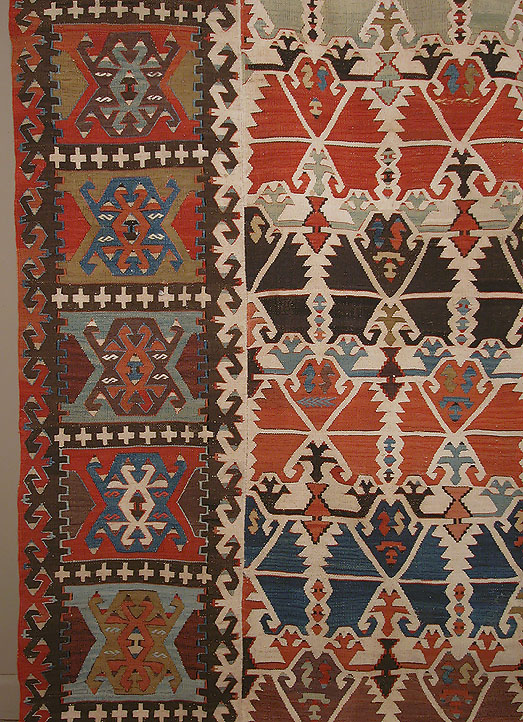|
Shuja-ud-Din Muhammad Khan
Shuja-ud-Din Muhammad Khan ( bn, সুজাউদ্দীন মুহম্মদ খাঁন, fa, ) was the Nawab of Bengal. He married Zainab un-nisa Begum and Azmat un-nisa Begum, the daughters of Murshid Quli Khan by Nasiri Banu Begum. Shuja-ud-Din's third wife was Durdana Begum Sahiba. After the death of his father-in-law on 30 June 1727, he ascended to the ''Masnad'' (throne) of the Nawab. Early life Born at Burhanpur, Deccan, Mirza Shuja ud-din Muhammad Khan (also called Mirza Deccani) was of Turkic Afshar descent. His ancestor Yar Ali Sultan had been the Safavid governor of Farah, Khorasan during the reign of Tahmasp I. Shuja's father Mirza Nur-ud-din, son of Nawab Aqil Khan, had held a prominent post in Burhanpur under the Mughals and he himself had been given charge of Ilkandal, a dependency of Hyderabad. It was in Burhanpur that Shuja first came into contact with Murshid Quli Khan, who also originated from the city. He married the latter's daughter Zinat un ... [...More Info...] [...Related Items...] OR: [Wikipedia] [Google] [Baidu] |
Mirza (noble)
Mirza ( or ; fa, میرزا) is a name of Persian origin. It is used as a surname or prefix to identify patriarchal lineage. It is a historical royal and noble title, denoting the rank of a royal prince, high nobleman, distinguished military commander, or a scholar. Specifically, it was used as a title by (and today signifies patriarchal lineage to) the various Persian Empires, the Nogai Horde, Shirvanshahs and Circassians of the European Caucasus, as well as the Muslim Rajputs and mainly the Mughals / Moguls, both of the Indian Subcontinent. It was also a title bestowed upon members of the highest aristocracies in Tatar states, such as the Khanates of Kazan and Astrakhan Astrakhan ( rus, Астрахань, p=ˈastrəxənʲ) is the largest city and administrative centre of Astrakhan Oblast in Southern Russia. The city lies on two banks of the Volga, in the upper part of the Volga Delta, on eleven islands of the .... Etymology The original title ''Mīrzā'' or ''Mer ... [...More Info...] [...Related Items...] OR: [Wikipedia] [Google] [Baidu] |
Begum
Begum (also begüm, bagum, begom, begam, baigum or beygum) is a royal and aristocratic title from Central and South Asia. It is the feminine equivalent of the title ''baig'' or '' bey'', which in Turkic languages means "higher official". It usually refers to the wife or daughter of a '' beg''. The related form ''begzada'' (daughter of a ''beg'') also occurs.MoazzambaigBegzadi or Begzada Digg.com: Social News. Retrieved July 8, 2011. In South Asia, particularly in Delhi, Hyderabad, Sindh, Punjab, Afghanistan, Khyber Pakhtunkhwa and Bengal, ''begum'' has been adapted for use as an honorific for Muslim women of high social status, accomplishment, or rank, as in English language the title "Lady" or "Dame" is used. The honorific may either precede or follow the proper name of the woman. Title In modern society Colloquially, the term is also used in Uzbekistan, India, Pakistan and Bangladesh by Muslim men to refer to their own wives, daughters, sisters or as an honorific address ... [...More Info...] [...Related Items...] OR: [Wikipedia] [Google] [Baidu] |
Delhi
Delhi, officially the National Capital Territory (NCT) of Delhi, is a city and a union territory of India containing New Delhi, the capital of India. Straddling the Yamuna river, primarily its western or right bank, Delhi shares borders with the state of Uttar Pradesh in the east and with the state of Haryana in the remaining directions. The NCT covers an area of . According to the 2011 census, Delhi's city proper population was over 11 million, while the NCT's population was about 16.8 million. Delhi's urban agglomeration, which includes the satellite cities of Ghaziabad, Faridabad, Gurgaon and Noida in an area known as the National Capital Region (NCR), has an estimated population of over 28 million, making it the largest metropolitan area in India and the second-largest in the world (after Tokyo). The topography of the medieval fort Purana Qila on the banks of the river Yamuna matches the literary description of the citadel Indraprastha in the Sanskrit ... [...More Info...] [...Related Items...] OR: [Wikipedia] [Google] [Baidu] |
Muhammad Shah
Mirza Nasir-ud-Din Muḥammad Shah (born Roshan Akhtar; 7 August 1702 – 26 April 1748) was the 13th Mughal emperor, who reigned from 1719 to 1748. He was son of Khujista Akhtar, the fourth son of Bahadur Shah I. After being chosen by the Sayyid Brothers of Barha, he ascended the throne at the young age of 16, under their strict supervision. He later got rid of them with the help of Asaf Jah I – Syed Hussain Ali Khan was murdered at Fatehpur Sikri in 1720 and Syed Hassan Ali Khan Barha was fatally poisoned in 1722. Muhammad Shah was a great patron of the arts, including musical, cultural and administrative developments. His pen-name was Sadā Rangīla ''(Ever Joyous)'' and he is often referred to as "Muhammad Shah Rangila", also sometimes as "Bahadur Shah Rangila" after his grand father Bahadur Shah I. Although he was a patron of the arts, Muhammad Shah's reign was marked by rapid and irreversible decline of the Mughal Empire. The Mughal Empire was already decaying, but ... [...More Info...] [...Related Items...] OR: [Wikipedia] [Google] [Baidu] |
Naib
Nawab ( Balochi: نواب; ar, نواب; bn, নবাব/নওয়াব; hi, नवाब; Punjabi : ਨਵਾਬ; Persian, Punjabi , Sindhi, Urdu: ), also spelled Nawaab, Navaab, Navab, Nowab, Nabob, Nawaabshah, Nawabshah or Nobab, is a Royal title indicating a sovereign ruler, often of a South Asian state, in many ways comparable to the western title of Prince. The relationship of a Nawab to the Emperor of India has been compared to that of the Kings of Saxony to the German Emperor. In earlier times the title was ratified and bestowed by the reigning Mughal emperor to semi-autonomous Muslim rulers of subdivisions or princely states in the Indian subcontinent loyal to the Mughal Empire, for example the Nawabs of Bengal. The title is common among Muslim rulers of South Asia as an equivalent to the title Maharaja. "Nawab" usually refers to males and literally means ''Viceroy''; the female equivalent is "Begum" or "''Nawab Begum''". The primary duty of a Nawab was to ... [...More Info...] [...Related Items...] OR: [Wikipedia] [Google] [Baidu] |
Alivardi Khan
Alivardi Khan (1671 – 9 April 1756) was the Nawab of Bengal from 1740 to 1756. He toppled the Nasiri dynasty of Nawabs by defeating Sarfaraz Khan in 1740 and assumed power himself. During much of his reign Alivardi encountered frequent Maratha raids under Raghuji Bhonsle, culminating in the surrender of the province of Orissa in a peace settlement in 1751. He also faced separatist rebellions in Bihar as well as a revolt from his grandson Siraj ud-Daulah, though these were suppressed. Alivardi spent the latter part of his reign rebuilding Bengal. He was a patron of the arts and resumed the policies of Murshid Quli Khan. He maintained a politically neutral stance with the European powers in the subcontinent and prevented any infighting amongst them in his dominions. He was succeeded by Siraj ud-Daulah in 1756. Early life Born in one of the cities of the Deccan in 1676, he was originally given the name Mirza Muhammad Ali. His father Mirza Muhammad Madani, who was of either Ar ... [...More Info...] [...Related Items...] OR: [Wikipedia] [Google] [Baidu] |
Masnad
A kilim ( az, Kilim کیلیم; tr, Kilim; tm, Kilim; fa, گلیم ''Gilīm'') is a flat tapestry-woven carpet or rug traditionally produced in countries of the former Persian Empire, including Iran, the Balkans and the Turkic countries. Kilims can be purely decorative or can function as prayer rugs. Modern kilims are popular floor coverings in Western households. Etymology The term 'kilim' originates from the Persian ''galīm'' (گلیم) where it means 'to spread roughly', perhaps of Akkadian or Aramean origin. another name for Galim(Gilim) is Plas, Ferdowsi and other persian poet mentioned both Galim and plas as synonyms in Shahnameh No 35 mentioned as Plas(pluNo14 mentioned as Gali History Like Pile weave, pile carpets, kilim have been produced since ancient times. The explorer Mark Aurel Stein found kilims dating to at least the fourth or fifth century CE in Hotan, China: :"As kilims are much less durable than rugs that have a pile to protect the warp and weft, it is ... [...More Info...] [...Related Items...] OR: [Wikipedia] [Google] [Baidu] |
Syed Mohammad Ali
Syed Mohammad Ali (9 December 1928 – 17 October 1993) was a Bengali journalist and editor. Ali began his career in East Pakistan. He became an editor for several newspapers in East Asia, including ''The Bangkok Post'' in Thailand, the ''Hong Kong Standard'' in British Hong Kong and ''The New Nation'' in Singapore. Ali also worked for UNESCO. In 1991, Ali founded '' The Daily Star'' in Bangladesh during the country's democratic transition. Family Ali was born into a Bengali Muslim family from the District of Sylhet in the Assam Province of the British Raj. He traced his paternal descent from Shah Ahmed Mutawakkil, a local holy man and a Syed of Taraf, though apparently unrelated to Taraf's ruling Syed dynasty. Ali's father was Syed Mostafa Ali, a civil servant employed by the British Raj in Assam Province. His uncles were the writers Syed Mujtaba Ali and Syed Murtaza Ali. His other siblings were Syed Muazzem Ali, a diplomat; Syed Shaukat Ally (1934–2021), a service-holder an ... [...More Info...] [...Related Items...] OR: [Wikipedia] [Google] [Baidu] |
Karachi
Karachi (; ur, ; ; ) is the most populous city in Pakistan and 12th most populous city in the world, with a population of over 20 million. It is situated at the southern tip of the country along the Arabian Sea coast. It is the former capital of Pakistan and capital of the province of Sindh. Ranked as a beta-global city, it is Pakistan's premier industrial and financial centre, with an estimated GDP of over $200 billion ( PPP) . Karachi paid $9billion (25% of whole country) as tax during fiscal year July 2021 to May 2022 according to FBR report. Karachi is Pakistan's most cosmopolitan city, linguistically, ethnically, and religiously diverse, as well as one of Pakistan's most secular and socially liberal cities. Karachi serves as a transport hub, and contains Pakistan’s two largest seaports, the Port of Karachi and Port Qasim, as well as Pakistan's busiest airport, Jinnah International Airport. Karachi is also a media center, home to news channels, film and fashi ... [...More Info...] [...Related Items...] OR: [Wikipedia] [Google] [Baidu] |
Mufti Family
A Mufti (; ar, مفتي) is an Islamic jurist qualified to issue a nonbinding opinion ('' fatwa'') on a point of Islamic law ('' sharia''). The act of issuing fatwas is called ''iftāʾ''. Muftis and their ''fatwas'' played an important role throughout Islamic history, taking on new roles in the modern era. Tracing its origins to the Quran and early Islamic communities, the practice of ''ifta'' crystallized with the emergence of the traditional legal theory and schools of Islamic jurisprudence (''madhahib''). In the classical legal system, fatwas issued by muftis in response to private queries served to inform Muslim populations about Islam, advise courts on difficult points of Islamic law, and elaborate substantive law. In later times, muftis also issued public and political fatwas that took a stand on doctrinal controversies, legitimized government policies or articulated grievances of the population. Traditionally, a mufti was seen as a scholar of upright character w ... [...More Info...] [...Related Items...] OR: [Wikipedia] [Google] [Baidu] |









